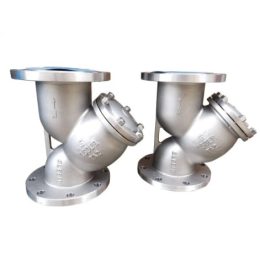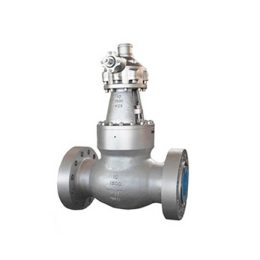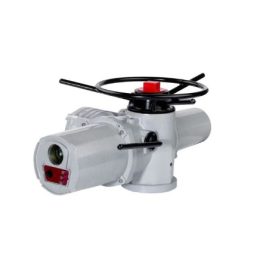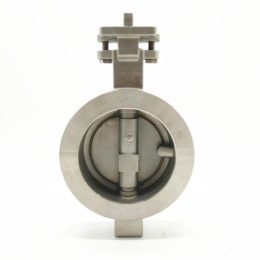How Does Y Strainer Work?

Decoding the Mechanics of Y Strainers: An In-Depth Guide
Y strainers are essential industrial components used for filtering and straining unwanted particles, debris, and contaminants from fluid systems. They are named Y strainers because of their Y-shaped design that allows the fluid to pass through while trapping unwanted particles within the screen or basket. In this in-depth guide, we will explore the different types, designs, construction, installation, maintenance, and applications of Y strainers.
Types of Y Strainers: Basket and Plate
Y strainers come in two primary types: basket and plate. Basket Y strainers are the most common type and come with a removable basket that can be cleaned or replaced when clogged. They are ideal for filtering viscous fluids and are available in different materials such as stainless steel, bronze, and plastic. Plate Y strainers, on the other hand, have a flat plate or disc that traps the debris against the screen. They are best suited for fluids with low viscosity and are usually made of cast iron or steel.
Design and Construction of Y Strainers
Y strainers are designed to handle different flow rates, pressure ratings, and temperatures. They are constructed with a Y-shaped body that houses a screen or basket, and an inlet and outlet for the fluid to pass through. The screens are usually made of stainless steel, mesh, or perforated metal, and are available in different sizes and micron ratings. The body of the Y strainer can also be flanged or threaded, and can have drain ports, pressure gauges or vents.
Y Strainer Installation: Tips and Best Practices
Proper installation of Y strainers is crucial in ensuring effective and efficient filtration. The Y strainer should be installed in a vertical position with the flow direction indicated on the body. It is also essential to install the strainer upstream of any pumps, valves, or other components that may cause turbulence or pressure drop. The strainer should be supported with brackets or hangers and properly aligned to avoid any stress or strain on the body.
Maintenance and Cleaning of Y Strainers
Regular maintenance and cleaning of Y strainers are essential in ensuring optimal performance and longevity. The strainer should be inspected periodically for any signs of wear, damage, or clogging. The basket or screen should be removed, cleaned, and replaced if necessary. It is also recommended to flush the strainer with clean water after cleaning to remove any residual debris or particles.
Applications of Y Strainers in Industrial Processes
Y strainers are used in a wide range of industrial processes, including oil and gas, chemical, water treatment, food and beverage, and pharmaceuticals. They are used to filter and strain different fluids such as water, oil, gas, chemicals, and slurries. Y strainers are also used in process piping, cooling systems, boilers, and pumps to protect downstream components from damage or clogging.
In conclusion, Y strainers are essential components in industrial processes that require effective and efficient filtration. By understanding the different types, designs, construction, installation, maintenance, and applications of Y strainers, you can make informed decisions in selecting, installing, and maintaining them for your specific needs. Proper selection, installation, and maintenance of Y strainers can prevent downtime, reduce costs, and improve the overall performance and safety of your fluid systems.
- Problems And Development Directions Of Manual Ball Valves
- The Top Butterfly Valve Manufacturers in the USA
- Understanding the Industrial Applications of Socket Welding Check Valves
- Attention to Details of Forged Steel Valve Maintenance
- Electric Actuated Gate Valve
- Choosing Your Pipeline: The Triple Eccentric Butterfly Valve


